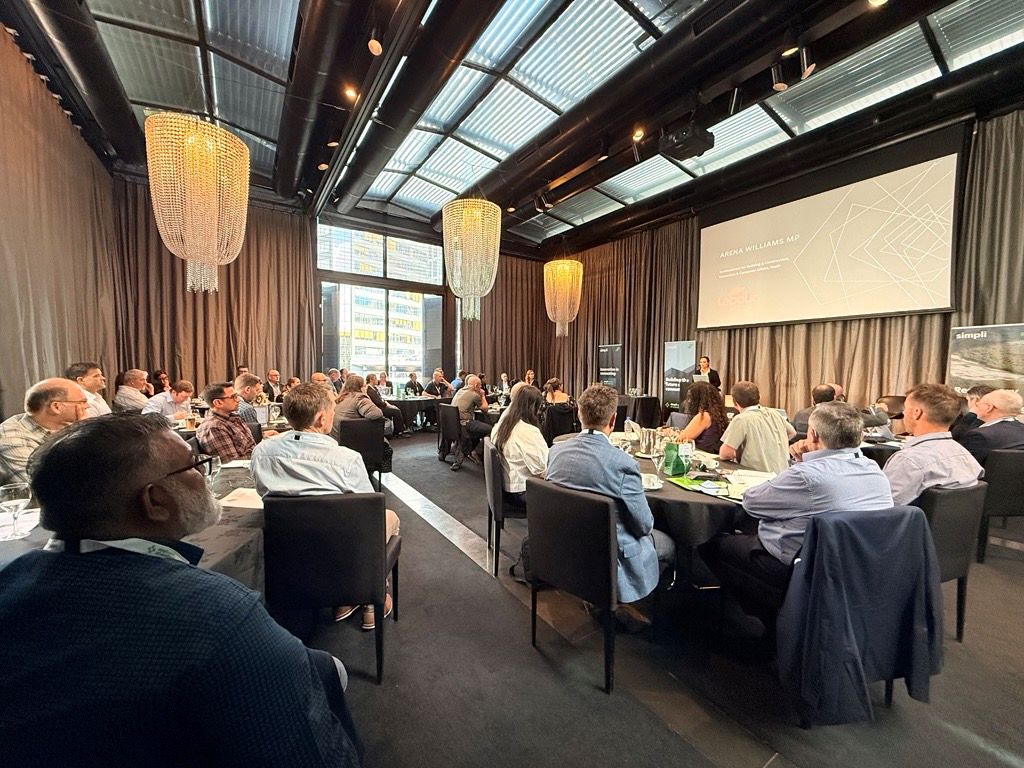In October, leaders from across New Zealand’s building consent and regulatory system convened at the Summit hosted by the Simpli Centre of Excellence — not just to exchange ideas, but to position themselves for a wave of reform. At the same time, Minister Chris Penk signalled the most significant reset of the building-consent architecture since the Building Act 2004 was introduced.
The conversations at the Summit are already translating into action. Through Simpli, BCAs and partner agencies are working to standardise processes, strengthen data visibility, and streamline pathways for faster, more consistent consenting decisions. This preparation positions the sector to respond effectively to Minister Penk’s reform agenda, including structural consolidation, risk-aligned liability, and digital readiness.
What stood out most was not just the content of the sessions, but the conduct of the dialogue — candid, constructive, and grounded in shared stewardship. It was a reminder that system change begins not in policy documents but in the relationships between those who hold the system together.
Reform Signals
Minister Penk has flagged two major reform pillars:
-
A shift from “joint and several liability” — where councils often bear the full burden of defects — to a “proportionate liability” model, clarifying who is responsible for what in a building lifecycle.
-
A structural rethink of the consenting system itself: allowing BCAs to consolidate, reduce duplication, and deliver more consistent service across regions.
Additional signals include mandated inspection-timeliness targets (e.g., 80% of inspections within three working days) and making remote/digital inspection tools a default option.
The Summit’s Role & What Emerged
The Summit played into that reform agenda in three inter-linked ways:
-
Alignment of mindset: The discussions shifted from “we have to keep doing more of the same” to “how do we operate as one consent-system, not many.” That mirrors the Minister’s ambition for fewer, stronger, more consistent BCAs.
-
Preparation for operational change: Conversations touched on process clarity, risk-based consenting, digital readiness and inspection-speed—all of which are prerequisites for the structural reforms in motion.
-
Elevating the network effect: By gathering BCA leaders, regulatory officers, industry and research voices in one room, the Summit connected people who will carry reform into practical action.
Why This Matters for Your BCA
-
Risk & liability management: With liability reform ahead, BCAs must start reviewing how their organisational structure, resourcing, and risk-management frameworks align with a shift to proportionate liability.
-
Process & tech readiness: Whether it’s meeting inspection-timing targets or using remote inspections as default, your BCA must be ready to operate at higher velocity. Those that can’t will face scrutiny.
-
Blind spots: BCAs may not yet have full clarity on how liability, consolidation or remote-inspection frameworks will land, which means operational mis-alignment risk is high.
-
Escape plan: If full reform stalls or is delayed, BCAs should still build incremental capability (eg remote inspections, faster processes) so they’re ready for the next step — not left behind.
What’s Next
With reform signals sharpening, this is a moment of opportunity for BCAs to step out of compliance mode into leadership mode. The Summit was a compass; now the direction is set. The next phase is about implementation, performance and systemic alignment.
Simpli thanks all those who participated in shaping this next chapter for the consenting system. The conversations that began in October now continue across teams, councils, and agencies — signalling a sector ready to move from ideas exchanged to commitments advanced.

